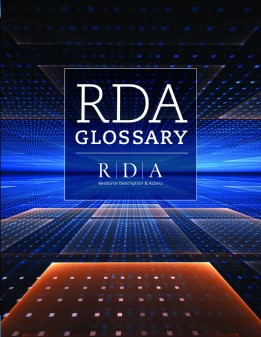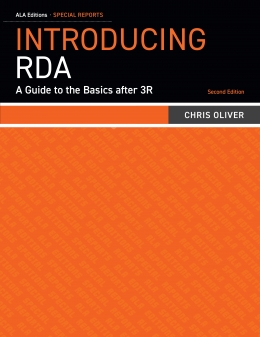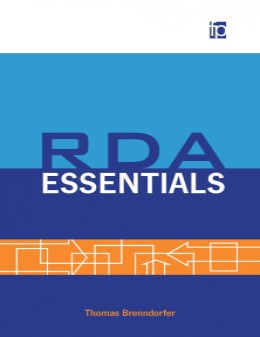Guide to RDA: Resource Description and Access
RDA: Resource Description and Access is a content standard providing guidelines and instructions for creating library and cultural heritage bibliographic metadata.
It is a web-based tool that was created and developed by the RDA Steering Committee for the digital era to replace the Anglo-American Cataloguing Rules (AACR).
Why do we need RDA?
Metadata creation and management is vital to managing resource discovery for both librarians and library users. The AACR was a previous set of metadata rules that were initially designed for printed card catalogues, but as libraries and
their catalogues have progressed into the digital age these rules became less relevant.
As a web-based tool, RDA addresses the cataloguing needs for all types of content and media.
Want to know more? Read RDA: What You Need To Know (Even If You're Not a Cataloguer)
Who are the RDA Steering Committee?
The RDA Steering Committee (RSC) is charged by the RDA Board and the RDA Copyright Holders (the The American Library Association, the The Canadian Federation of Library Associations,
and CILIP: Chartered Institute of Library and Information Professionals) with the development and maintenance of the RDA standard. The RSC is comprised of metadata professionals from
all over the world and a range of library types, filling the following roles:
- Chair
- Secretary
- Regional Representatives
- Working Group Representatives
- Wider Community Engagement Officer
- Examples Editor
- Special Assignment Members
You can find out more about the RSC and its structure and working groups on their website.
What is UKCoR?
UKCoR is the UK Committe on RDA. UKCoR are responsible for contributing to the development and maintenance of Resource Description and Access (RDA) on behalf of the UK library and information professional community.
Find out more about UKCoR's work and commmittee members here.








